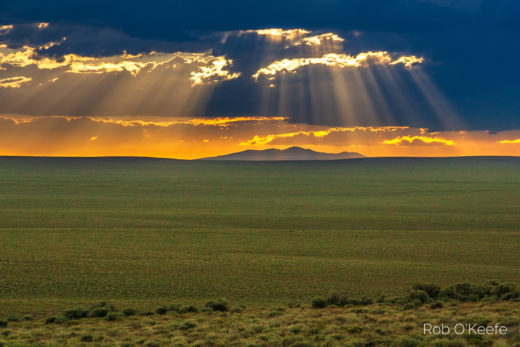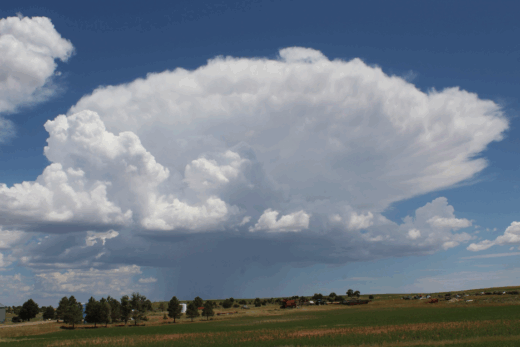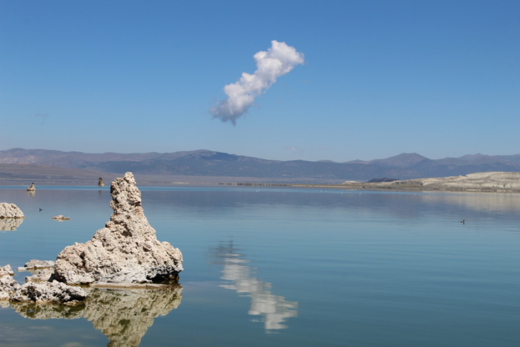It has been a little over a week since several conflagrations spread terror and destruction across California. Despite conflicting and sometimes erroneous statements in the news, there is little mystery about how and why these fires grew to be such infernos. We invite you to join us down this trail of discovery as we guide you with the latest evidence.

On Saturday, November 10, 2018, people in many parts of northern and southern California woke up to another eerie orange and red smoky sky that had become all too common, the choking residue from the latest most destructive and deadly wildfires in our state’s history. Most of the larger ashes remaining from so many California dreams had already fallen out of what were once such well-defined towering pyrocumulus (flammagenitus) clouds.
Smoke from the deadly Camp Fire in Sierra Nevada foothill country eventually spread across the Sacramento Valley and later into the Bay Area. Smoke from the Hill and Woolsey Fires in southern California first blew out over the ocean and then gradually mixed into the atmosphere. When the offshore winds eased and turned gently onshore the next day, the clouds had diffused into veils of stifling smoky haze that would decorate sunrises and sunsets red as they drifted onshore, discouraging physical excursion for the next few days, and punishing millions with respiratory ailments. It was as if we were again witnessing the hangovers from what many viewed as nature’s latest tantrums, as she leaves behind the bodies of those who couldn’t escape the flames on foot or in their cars. But nature’s latest way of reminding us who is really in charge was also a reminder that we must better understand the science behind these events and we must also be more careful and thoughtful about where and how we choose to live.
Some of us natives are old enough to remember how these occasional infernos played out every fall, and more recently during other times of year, more evidence that fire seasons have expanded in area, severity, and time. We examine the science and human factors that help explain and contribute to these catastrophes in our publication. Here, we will focus on the factors that combined to produce these latest disasters that make 2018 the latest in this string of worst wildfire years in the state’s history. It turns out that these firestorms that scorched through iconic neighborhoods in southern California and literally destroyed Paradise in northern California have become more common for several reasons.
Let’s begin by understanding what is NOT primarily to blame for most of these recent infernos. A few clueless demagogues have suggested the state has allowed some mysteriously magical source of accessible firefighting water to flow into the ocean. Our project’s analysis of California water resources and geography proves why they have failed their lessons in hydrology and water policy before they even started. Other opportunist politicians and the echo chambers following them have suggested that California is to blame for allowing tree densities to increase in our forests. They have even threatened to cut off our funding to punish us for these “mistakes”. But a rational analysis of the facts doesn’t support such shamelessly uniformed anti-California hysteria.
First, the vast majority of the state’s most deadly and destructive wildfires in the last several years have started and burned in chaparral, coastal sage, and woodlands, NOT in forests with dense trees. You could cut down every tree in every California forest and most of these deadly fires would still have raged. You’d have to bulldoze and pave all the other plant communities that cover the majority of the state if you want to end these fires.
Second, the majority of California forests that do exist are on federal lands, meaning that the very outside politicians blaming California are in charge of the very forest management they blame for the disasters. And those already underfunded forest management programs have been suffering from past budget cuts championed by those same feds. History haunts us here. More than a century of snuffing out all fires that started in our National Forests and parklands finally ended in the 1970s when forest managers realized that occasional beneficial fires cleared dangerous fuel that would otherwise accumulate to cause more intense, devastating, and out-of-control catastrophes. We were stuck with the fuel from poorly informed policies of the past. Control burns have become a vital part of forest and woodlands management in California ever since the 1970s, lessons we could have learned from Native Americans who practiced this for centuries before we managed these lands.
More recently, after more than 100 million trees died from drought and bark beetle infestations in the Sierra Nevada, it is estimated that about half of all California forests are in serious trouble. In response, California has doubled the acreage open to vegetation thinning, and the U.S. Congress has finally stopped cutting programs that could save billions in losses and instead has restarted funding for sound forest management in the state. Many local communities have thinned their forests and required defensible spaces around structures. Appalling and repeated losses of life and property remind us that short-term investments in sustainable forest management will result in saving lives and a lot of money in the long term.
Now that we see how we are tackling just one of the perceived problems, what is really to blame for these historic conflagrations? First and most obvious is climate change. Those bark beetle infestations are directly linked to some of the longest and most severe droughts and heat waves in recorded history. Additionally, forest managers have demonstrated that several inches of rain may be required to replace evapotranspiration losses from just one degree of warming above the historic average in places like Sierra Nevada foothill country. And average California temperatures have increased roughly the same as global temperatures over the last century, more than 1.5 degrees F.
The 2017 and 2018 fire years also illustrate the importance of those first rains of fall (as the jet stream and storm tracks commonly migrate south) to douse what would otherwise be critical fire conditions each year in northern California so that fire responders can focus on the often still dry southern California and its Santa Ana winds. In the 2017 season, the storms arrived late in northern California, following one of the hottest and driest summers on record, and it happened again during the even drier autumn of 2018. This left an abundance of exceptionally dry fuels waiting like open buffets for the autumn winds that whipped flames into a feasting frenzy. Exhausted fire crews were fighting in northern California as southern California’s fires, as anticipated, erupted amid the annual Santa Anas.
Though researchers emphasize how dehydrated introduced non-native invasive species (such as cheatgrass) serve as added conduits to spread fires, these growing threats earn little attention in the media. Throw increasing populations into these fire-prone plant communities and it is easier to understand this recipe for disaster that has repeatedly broiled into death and destruction from north to south. More recently, we have seen how PG&E and SCE are facing crippling liabilities as their aging power infrastructures fail and throw sparks into the fuels parched by these relentless, unprecedented weather patterns. Arson, target shooting, landscaping work, careless smokers and campfire enthusiasts, and sparks and heat from vehicles round out some of the other sources for fire starts. You can see why lightning no longer leads the list of culprits.






